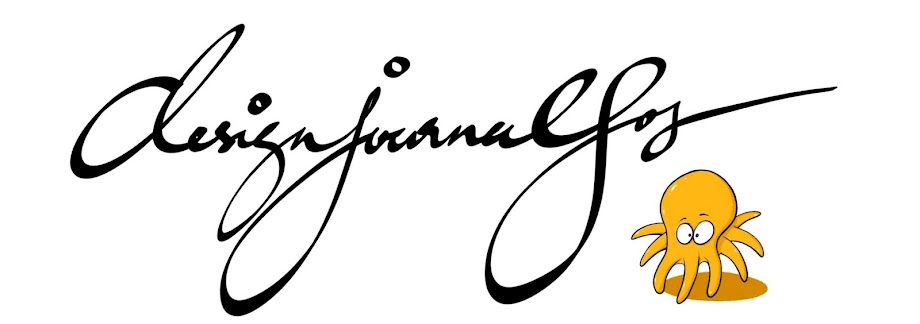MODeling = MODEL + model. How to pose? How do you get the best and most effective photo of your model for coursework? Who should be the photographer (aka the DIRECTOR) and who should be the model(s)?
While it may seem like common sense that the person taking the photographs should be the director and owner of the project. The opposite is actually true. All the time. It is not rare to see students playing the role of the MODEL, modeling their own solution, while their friends take the photographs for them.
More often than not you get very lousy quality photos that does not show well the intention of the activity. The person taking the photo (if not the creator of the solution) will not know the best angle or perspective the photo should be. And will not be able to advice the ‘MODEL’ as so. And will never be able to.
In the video I’ll explain who the MODEL(S) should be and why it should not be the owner of the solution / model. And will attempt to explain to you the best possible types of scenario you should strive for. One that best describes the intention of the action of the model, by the user, in the right context.
Hope you liked the video and learned a thing or two.
……………………………………………………..
FOLLOW and LIKE on Facebook to get updates as soon as a new post is up: https://www.facebook.com/designjournalsos
Support me, support my work? Buy me a Coffee? https://www.buymeacoffee.com/mrdanielsos














